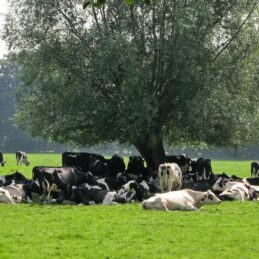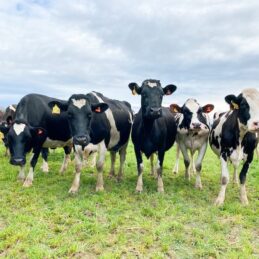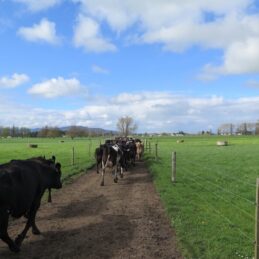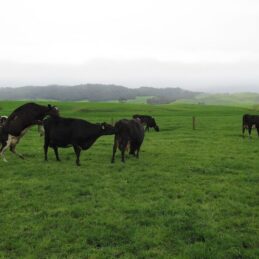
PRACTICAL ADVICE
We are frequently asked by publications to help provide insight into essential and prevalent issues. These include animal nutrition features written by our technical specialists. Practical advice that works made available to you. Sit back and have a read.

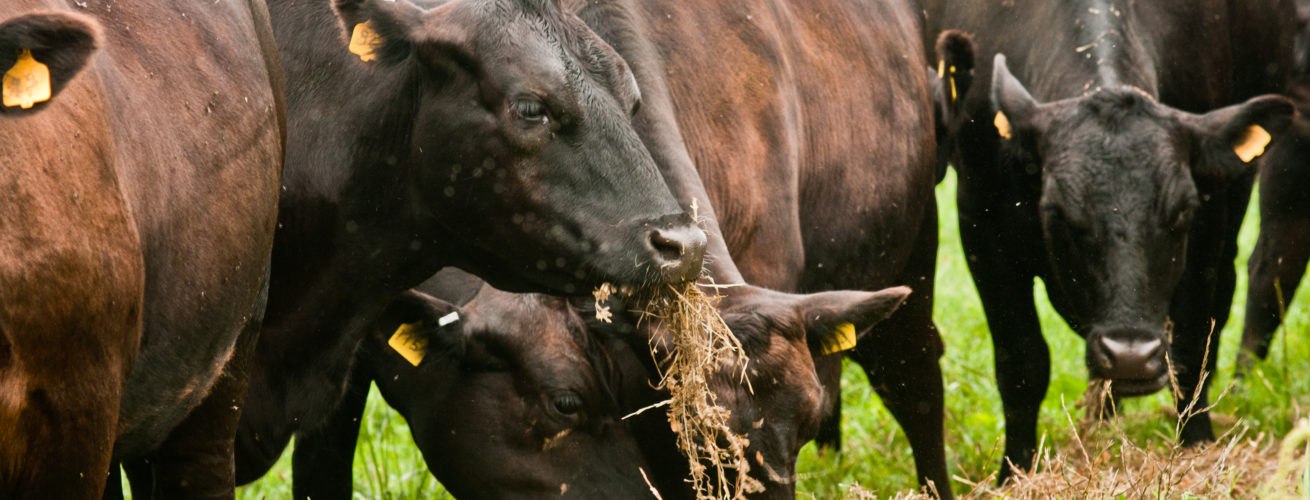
Nutrition & Feeding Strategies at Low Milk Prices
Farmers are faced with some difficult financial and management decisions during low milk price cycles; one option being to cut costs, particularly inputs. This may help achieve a short term goal of balancing cash flow, but may adversely affect production and profitability later on. One needs to be careful with cutting inputs that directly affect [...]
ME Best Predictor of Feed Value?
Feeds for dairy cows are often valued according to their price per megajoule (MJ) of Metabolisable Energy (ME), as energy intake is usually limiting with cows during early lactation. ME is a measure of the energy available to cows, after losses from undigested feed, urine and methane are accounted for. ME has some limitations as [...]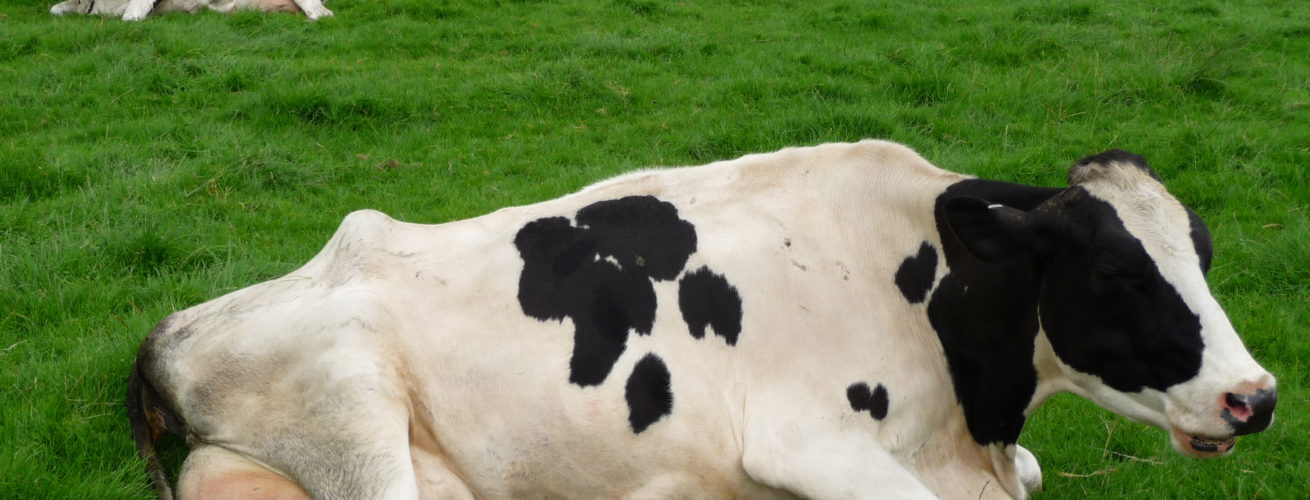
Colostrum Quantity & Quantity on Replacement Performance
Recent research has demonstrated how plane of nutrition and diet during pregnancy can affect colostrum production, milk yield and calf health. Feeding cows to match energy, protein, mineral and vitamin requirements during pregnancy, supports production of colostrum and milk components, essential for the health and development of newborn and growing calves. Research in both cattle [...]
Importance of Good Transition
It is important to include fixed (land, interest) and variable (seed, fertiliser, sprays) costs in growing and harvesting pasture or crops to properly evaluate cost benefits of using inoculants when preserving forages. Effective lactic acid producing inoculants have been demonstrated, in controlled trials, to reduce dry matter losses by 5->10%, under good ensiling conditions. Inoculant [...]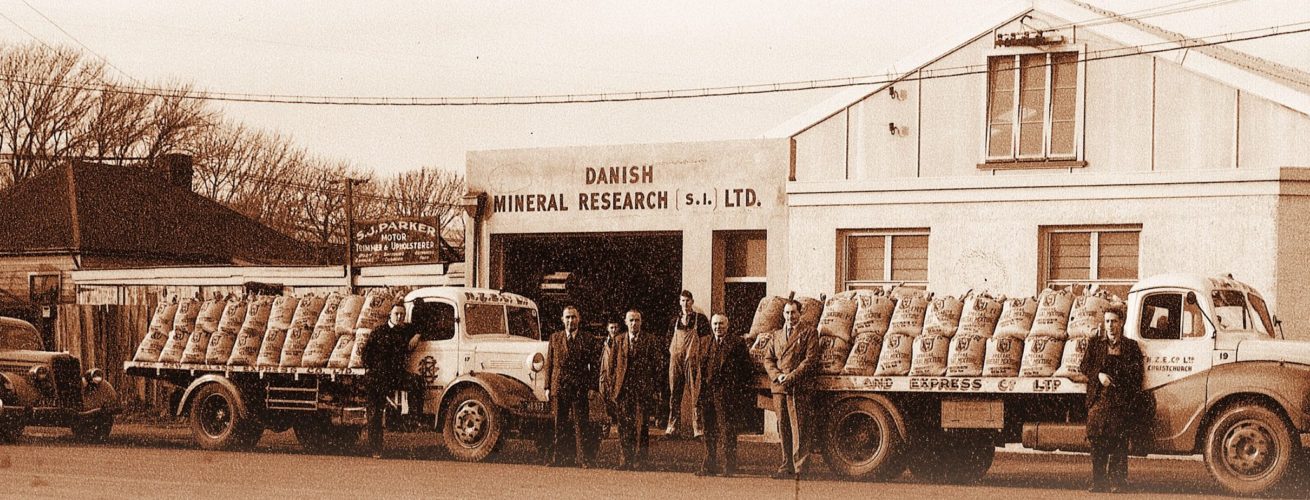
100 Years Progress in Dairy Cow Production and Feeding
There has been considerable change and progress in cow production and feeding over the last 100 years from 1915, which was also when The Danish Mineral Company formed (now Nutritech International Ltd). There were about 1.1 million people, 634,000 milking or dry dairy cows, 270 butter and 355 cheese factories, producing 31,330 t butter and [...]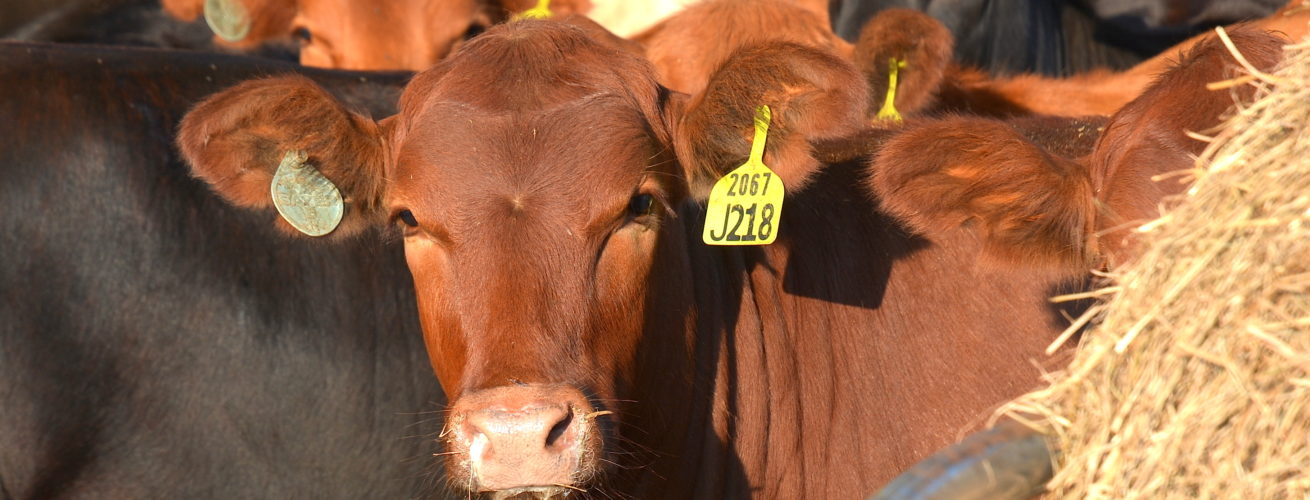
Mineral Types and Availability
There appears to be some confusion regarding the types of minerals, their availability and factors affecting it. Minerals are usually referred to as being in the inorganic or organic forms, which refers to whether they are bound to inorganic (e.g. chlorides, oxides, sulphates) or organic (contain carbon e.g. amino acids, peptides) elements or compounds. The [...]
Interpreting Silage Analyses
Fermentation analyses on silage reports are important for assessing silage quality, and provide clues about the silage making process and factors that influenced the quality of the silage such as: plant maturity, crop moisture, ambient temperature, packing effectiveness, silage additive use, face management, relative numbers and kind of microorganisms that control the fermentation process. Silage [...]
Poor Summer Performance
About this time of year farmers may notice a number of behavioural issues with their stock, along with declines in performance. Typical symptoms are grouping together particularly where shade is available, and around water troughs, or an increase in temperamental cows that kick off cups during milking. Peeling skin can occur in severe cases. Such [...]


